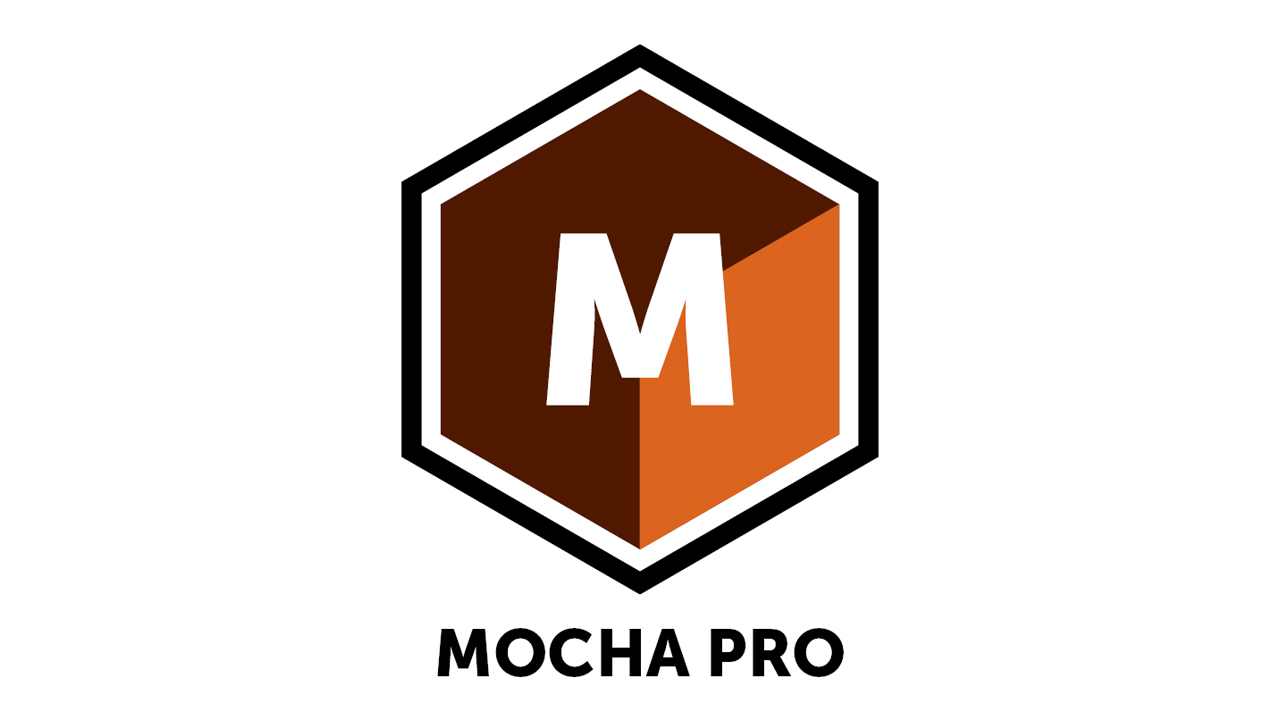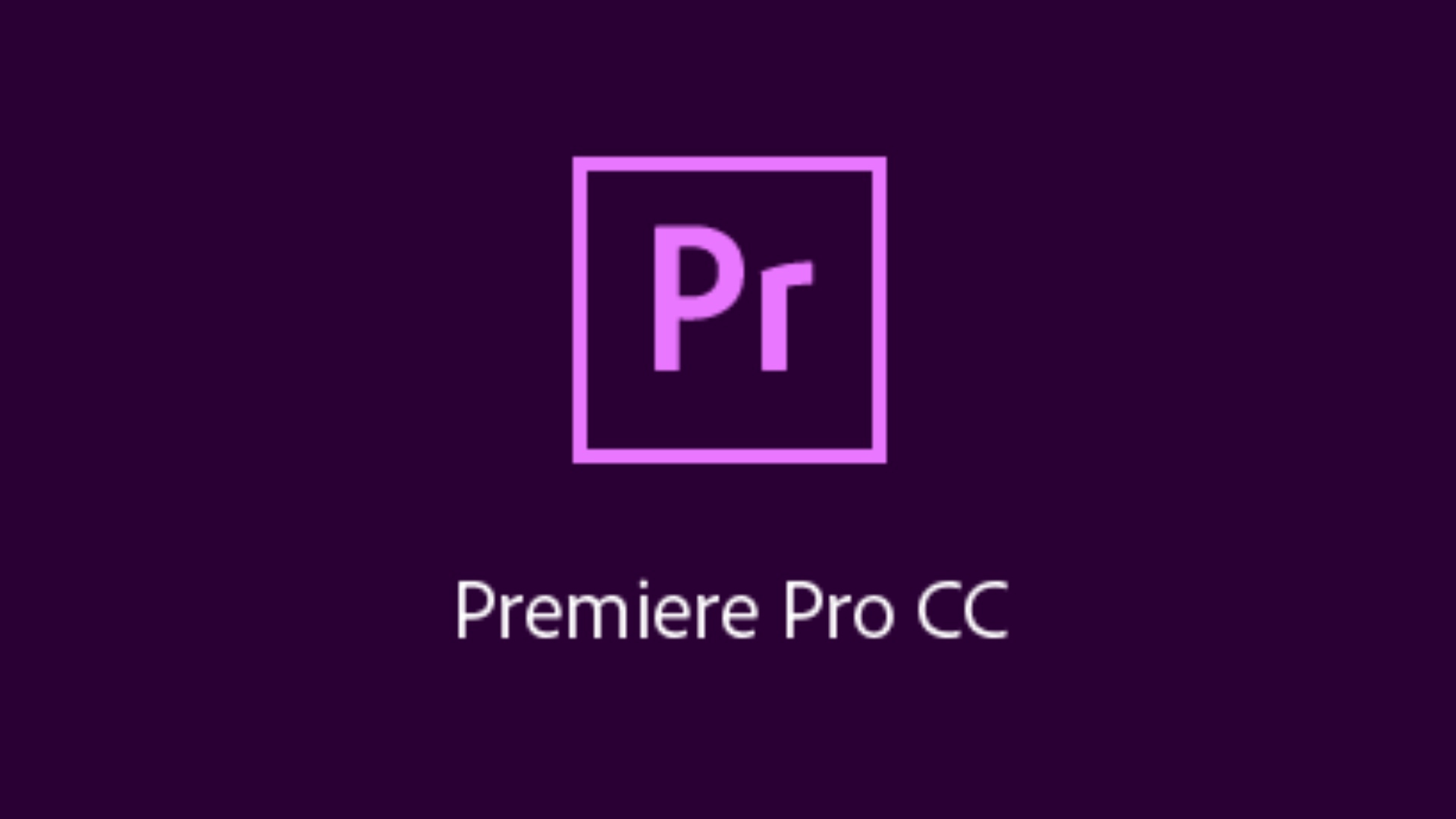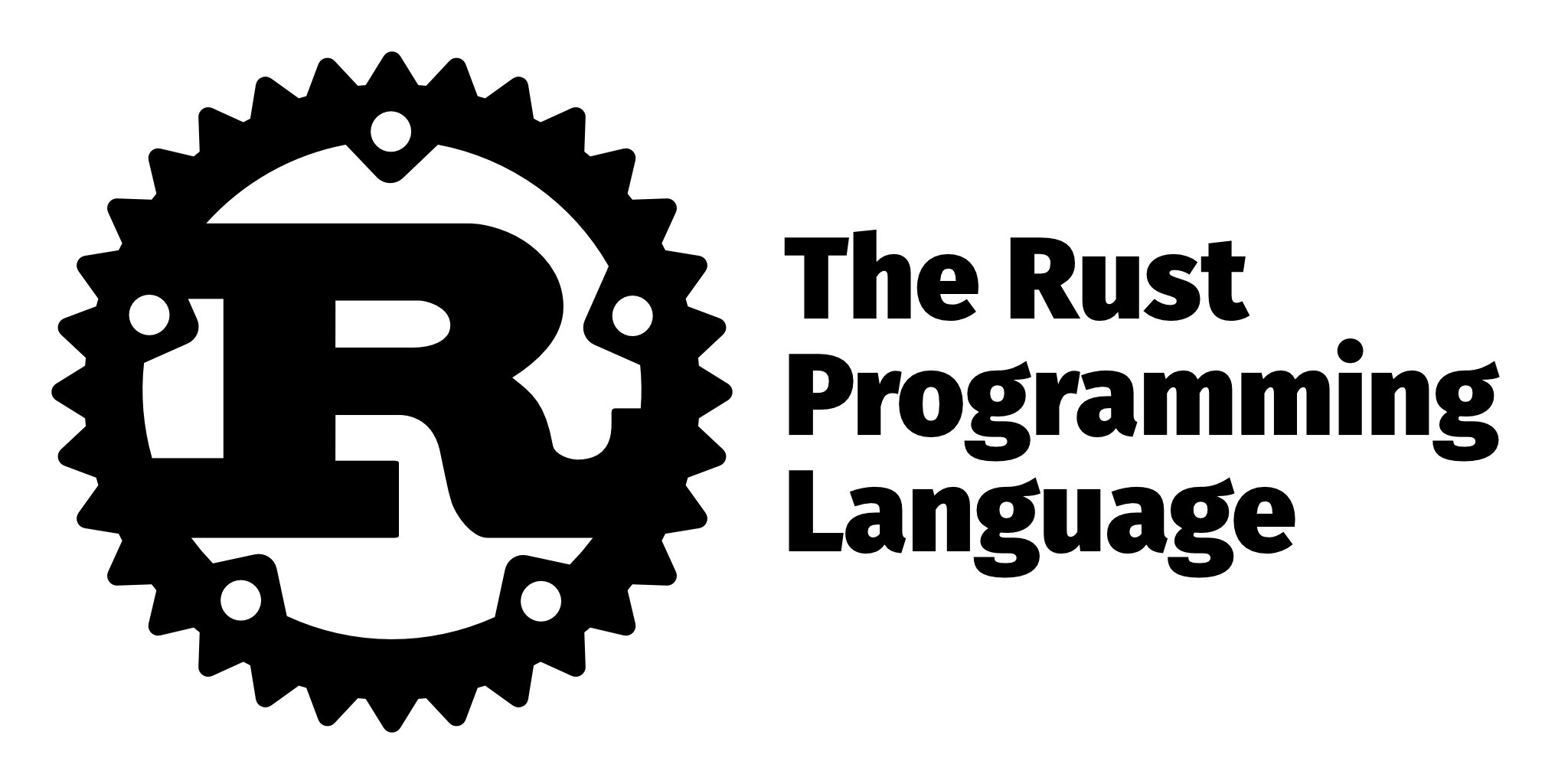The C++ Programming Language
Published

Introduction
As a software engineer, it is important to be proficient in a wide range of programming languages. One of these languages is C++. In this blog, I will explain what C++ is and why it is an important language for software engineers.
What is C++?
C++ is an object-oriented programming language based on the C language. It was developed in the 1980s by Bjarne Stroustrup and has since become one of the most widely used languages in software development. C++ is a high-level language that enables developers to create complex applications that can be executed on different platforms.
C++ is a very powerful language that allows developers to access the hardware directly. This means that C++ applications can be run very quickly and efficiently. C++ is also a very flexible language that allows developers to create applications for a variety of application areas, including games, operating systems, databases and more.
Warum C++?
There are many reasons why C++ is an important language for software engineers. One of the most important reasons is performance. C++ is a very powerful language that allows developers to create applications that can run quickly and efficiently. This is especially important for applications that need to process large amounts of data or that need to run in real time, such as games or financial applications.
C++ is also a very flexible language that allows developers to create applications for a variety of application areas. C++ is commonly used for the development of operating systems, databases, network applications and more. It is also a popular language for game development as it allows developers to access the hardware directly and create powerful graphics and physics engines.
Another important reason why C++ is an important language for software engineers is the fact that it is a very widely used language. Many companies and organizations use C++ to develop their applications. This means that there are many jobs for developers who are proficient in C++.
To summarize, C++ is an important language for software engineers because it is powerful, flexible and widely used. If you want to work as a software engineer, it is important to master C++ in order to be able to develop complex applications that can be executed quickly and efficiently.
Basics of C++
The syntax of C++
C++ is an object-oriented programming language based on the C language. The syntax of C++ is similar to that of C, but there are some differences. One important difference is that C++ supports classes and objects, while C does not.
The basic syntax of C++ consists of instructions written in functions. A function begins with the keyword "void" or the data type that the function returns, followed by the name of the function and the parameters in brackets. The instructions within the function are enclosed in curly brackets.
For example:
int main() { // Instructions here return 0; }Variables and data types
In C++, variables can be declared to store data. A variable is declared by specifying the data type and the name of the variable. The data type specifies what type of data can be stored in the variable.
There are various data types in C++, including:
- int - for whole numbers
- float - for floating point numbers
- double - for floating point numbers with higher precision
- char - for individual characters
- bool - for boolean values (true or false)
For example:
int zahl = 5; float pi = 3.14; char letter = 'a'; bool wahr = true; Operatoren
In C++, there are different types of operators that can be used to manipulate variables or evaluate expressions. Some of the most common operators are:
- Arithmetic operators (+, -, *, /, %)
- Comparison operators (==, !=, <, >, <=, >=)
- Logical operators (&&, ||, !)
- Assignment operators (=, +=, -=, *=, /=, %=)
For example:
int a = 5; int b = 3; int c = a + b; // c is now 8 bool wahr = (a > b) && (c < 10); // wahr ist jetzt true Control structures
Control structures are used to control the flow of a program. There are different types of control structures in C++, including:
- If statements - to check conditions and execute code if the condition is true
- Loops - to execute code repeatedly until a condition is met
- Switch statements - to choose between different options based on an expression
For example:
int zahl = 5; if (number > 0) { // Code is executed here if number is greater than 0 } for (int i = 0; i < 10; i++) { // Code here is executed 10 times } switch (number) { case 1: // Code here is executed if number equals 1 break; case 2: // Code here is executed if number is equal to 2 break; default: // Code here is executed if number is neither 1 nor 2 break; } Functions and objects in C++
Functions
Functions are an important part of C++. They make it possible to organize code and make it reusable. A function is a group of instructions that perform a specific task. Functions can accept parameters and return values.
A function in C++ is defined with the keyword "function", followed by the return type, the function name and the parameters in brackets. The function body is written in curly brackets.
int add(int a, int b) { return a + b; } In this example, a function called "add" is defined that accepts two parameters of type "int" and returns the value of the sum of these parameters.
Classes and objects
Classes and objects are fundamental concepts in object-oriented programming (OOP). A class is a template or blueprint for an object that contains a collection of data and methods. An object is an instance of a class that contains specific values for the data and can call the methods of the class.
In C++, a class is defined with the keyword "class", followed by the class name and the class body in curly brackets. The class body contains the data members and methods of the class.
class Person { private: string name; int age; public: void setName(string n) { name = n; } void setAge(int a) { age = a; } string getName() { return name; } int getAge() { return age; } }; In this example, a class called "Person" is defined, which contains two private data members "name" and "age" and has four public methods "setName", "setAge", "getName" and "getAge". The methods "setName" and "setAge" set the values of the data members, while the methods "getName" and "getAge" return the values.
To create an object of a class, the class name followed by an object name and the operator "new" is used.
Person* p = new Person();In this example, an object of the "Person" class with the name "p" is created.
Constructors and destructors
Constructors and destructors are special methods in C++ that are called when objects are created and destroyed. A constructor is a method that is automatically called when an object is created, while a destructor is a method that is automatically called when an object is destroyed.
In C++, a constructor is defined with the name of the class and can accept parameters. A destructor has the name of the class with a tilde character (~) in front of it and has no parameters.
class Person { private: string name; int age; public: Person(string n, int a) { name = n; age = a; } ~Person() { cout << "Person object destroyed" << endl; } void setName(string n) { name = n; } void setAge(int a) { age = a; } string getName() { return name; } int getAge() { return age; } }; In this example, a constructor is defined that accepts two parameters "n" and "a" and sets the values of the data members "name" and "age". A destructor is also defined that outputs a message when an object is destroyed.
Inheritance
Inheritance is a concept in OOP that makes it possible to create a class on the basis of another class. The derived class inherits the data members and methods of the base class and can overwrite them or add new ones.
In C++, a derived class is defined with the keyword "class", followed by the class name and the colon operator, followed by the name of the base class. The class body of the derived class contains the additional data members and methods.
class Student : public Person { private: string major; public: Student(string n, int a, string m) : Person(n, a) { major = m; } void setMajor(string m) { major = m; } string getMajor() { return major; } }; In this example, a derived class called "Student" is defined, which is derived from the "Person" base class. The derived class has an additional data member "major" and two additional methods "setMajor" and "getMajor". The constructor of the derived class calls the constructor of the base class and sets the value of the data member "major".
Advanced concepts in C++
Templates
Templates are an important part of C++. They make it possible to create functions and classes that can be used for different data types. Templates are a type of genericity that allows the developer to write code that works for a variety of data types.templates can be divided into two types: Function templates and class templates. Function templates make it possible to create a function that can be used for different data types. Class templates make it possible to create a class that can be used for different data types. an example of a function template is the "max" function. This function returns the larger of two values. The function can be used for different data types such as int, float or double.an example of a class template is the "Vector" class. This class can be used for different data types such as int, float or double. The class contains methods such as "push_back", "pop_back" and "size" that work for all data types.Templates are a powerful tool in C++ that allows the developer to write code that works for a variety of data types.
Exceptions
Exceptions are a mechanism in C++ that makes it possible to handle errors that may occur during the execution of the program. Exceptions make it possible to identify the error and execute a suitable action to rectify the error.exceptions are triggered by throwing an object. The object contains information about the error that has occurred. The error can then be handled by a "catch" block, which identifies the error and performs an appropriate action.An example of the use of exceptions is division by zero. If a division by zero occurs, an exception is thrown that identifies the error. The error can then be handled by a "catch" block, which performs an appropriate action to resolve the error.Exceptions are an important part of C++ that allows the developer to handle errors that may occur during the execution of the program.
STL (Standard Template Library)
The Standard Template Library (STL) is a collection of classes and functions contained in C++. The STL contains container classes such as vectors, lists and maps that allow the developer to store and manage data in an efficient way.The STL also contains algorithm classes such as sorting, searching and counting that allow the developer to process data in an efficient way.An example of the use of the STL is the use of the vector. The vector is a container class that allows the developer to store and manage data in an efficient way. The vector contains methods such as "push_back", "pop_back" and "size" that allow the developer to manage data in an easy way.The STL is an important part of C++ that allows the developer to store and manage data in an efficient way.
Threads und Multithreading
Threads and multithreading are an important part of C++. Threads allow multiple tasks to be executed simultaneously, while multithreading allows multiple threads to be executed simultaneously.threads are created by creating a new thread. The new thread can then execute one task while the main thread executes another task. Threads can also be used to execute tasks in parallel loops.multithreading allows multiple threads to run simultaneously. This can improve the performance of the program by executing multiple tasks simultaneously.An example of the use of threads and multithreading is the use of threads to execute tasks in parallel loops. This can improve the performance of the program by executing multiple tasks at the same time.Threads and multithreading are an important part of C++ that allows the developer to execute multiple tasks at the same time and improve the performance of the program.
Tips and tricks for C++ programmers
C++ is one of the most commonly used programming languages in software development. It is a powerful language that allows developers to create complex applications. Here are some tips and tricks that can help you become a better C++ programmer.
Debugging techniques
Debugging is an important part of the development process. It helps developers find and fix errors in their code. Here are some debugging techniques that can help you debug more effectively.
Use a debugger
A debugger is a tool that helps developers to debug their code. It allows developers to execute the code step by step and monitor variable values. A debugger can also help to find memory leaks and other problems.
Use assertions
Assertions are conditions that are placed in the code to ensure that certain assumptions are fulfilled. If an assumption is not fulfilled, an error message is issued. Assertions can help developers to find errors early on in the development process.
Use logging
Logging is a technique where developers write information about the code to a file. This can help to find problems that occur during the execution of the code. Logging can also help improve the performance of the code by allowing developers to identify bottlenecks.
Best practices for C++ programming
Best practices are proven methods that help developers write better code. Here are some best practices for C++ programming.
Use constants
Constants are values that cannot be changed in the code. They can help developers to avoid errors by ensuring that certain values in the code are not changed.
Use references
References are a way of accessing the value of a variable without creating a copy of the value. They can help developers to save memory and improve the performance of the code.
Use Smart Pointers
Smart pointers are one way of avoiding memory leaks. They help developers to automatically release memory when it is no longer needed.
Tools for C++ development
There are many tools that can help developers write better C++ code. Here are some tools you should try.
Visual Studio
Visual Studio is an integrated development environment (IDE) from Microsoft. It offers developers a variety of tools for writing, debugging and testing C++ code.
Eclipse
Eclipse is an open source IDE that offers developers a variety of tools for writing, debugging and testing C++ code.
Valgrind
Valgrind is a tool that helps developers find memory leaks and other problems in code. It can also help improve code performance by allowing developers to identify bottlenecks.
Doxygen
Doxygen is a tool that helps developers create documentation for their code. It can help to make the code more understandable for other developers.
Git
Git is a version control system that helps developers manage their code. It enables developers to track and manage changes to the code.
Summary
As a software engineer, it's important to keep up to date with the latest technology and to continually educate yourself. In this blog, we will look at some important topics that are relevant to software engineers.
Agile development
Agile development is an approach that aims to make software development more flexible and responsive. Instead of having long development cycles, small, incremental improvements are made. Agile development also encourages collaboration between different teams and stakeholders.
Test-driven development
Test-driven development (TDD) is an approach in which tests are written before the actual implementation. This helps to detect and correct errors at an early stage and improve the quality of the software. TDD also promotes the modularity and maintainability of code.
Continuous Integration und Continuous Deployment
Continuous Integration (CI) and Continuous Deployment (CD) are practices that aim to automate software development and deployment. CI involves the continuous merging of code changes in a shared repository and the execution of automated tests. CD involves automatically deploying changes to a production environment. These practices help to improve the speed and quality of software development.
Cloud Computing
Cloud computing is an approach in which software and data are hosted on remote servers. This makes it possible to use resources more flexibly and scalably and to reduce costs. Cloud computing also offers greater availability and security of data and applications.
Machine learning and artificial intelligence
Machine learning and artificial intelligence are technologies that enable computers to learn from data and make decisions. These technologies have applications in various fields such as image recognition, speech recognition and predicting trends. Software engineers should familiarize themselves with these technologies to stay fit for the future, and as a software engineer, it is important to continuously educate yourself and stay on the cutting edge of technology. Agile development, TDD, CI/CD, cloud computing and machine learning/artificial intelligence are some of the important topics that software engineers should be aware of. By applying these technologies, software engineers can develop better and more efficient software.








